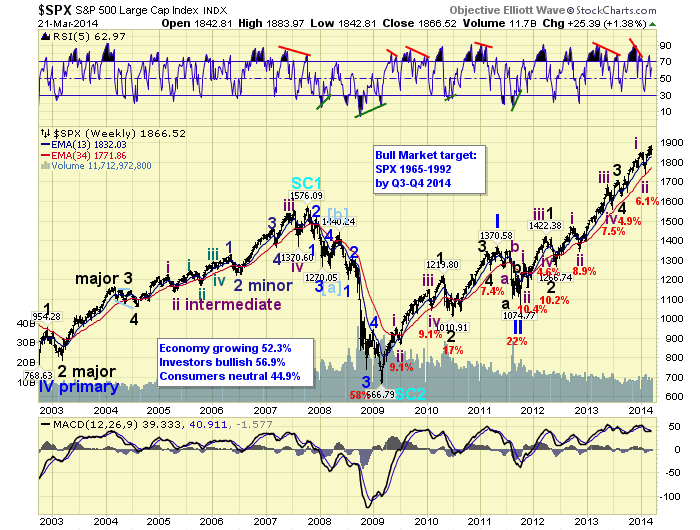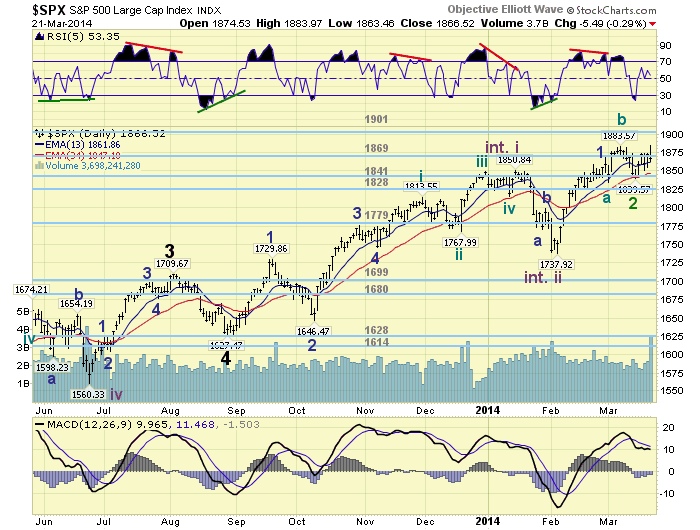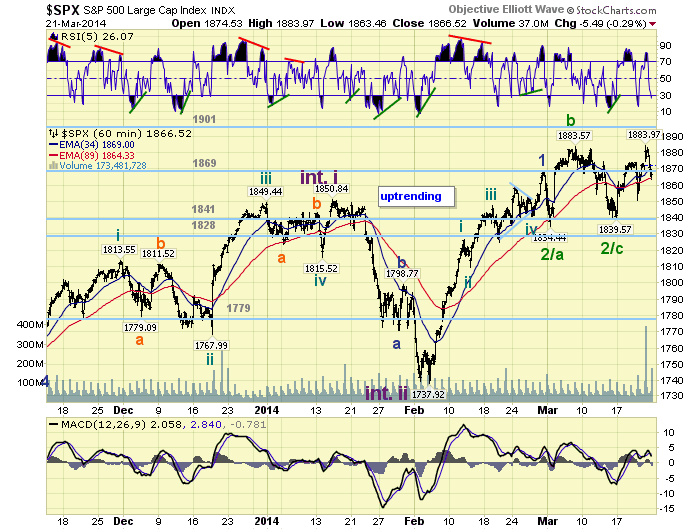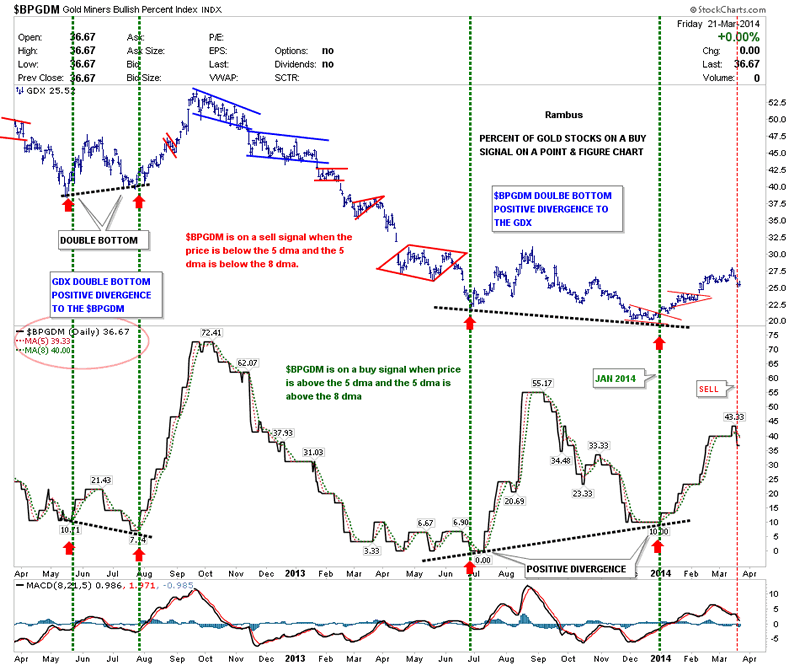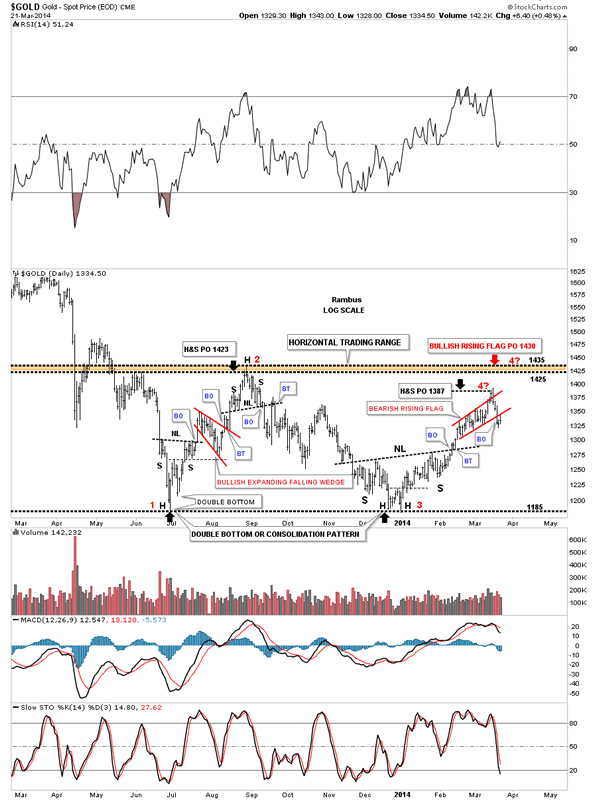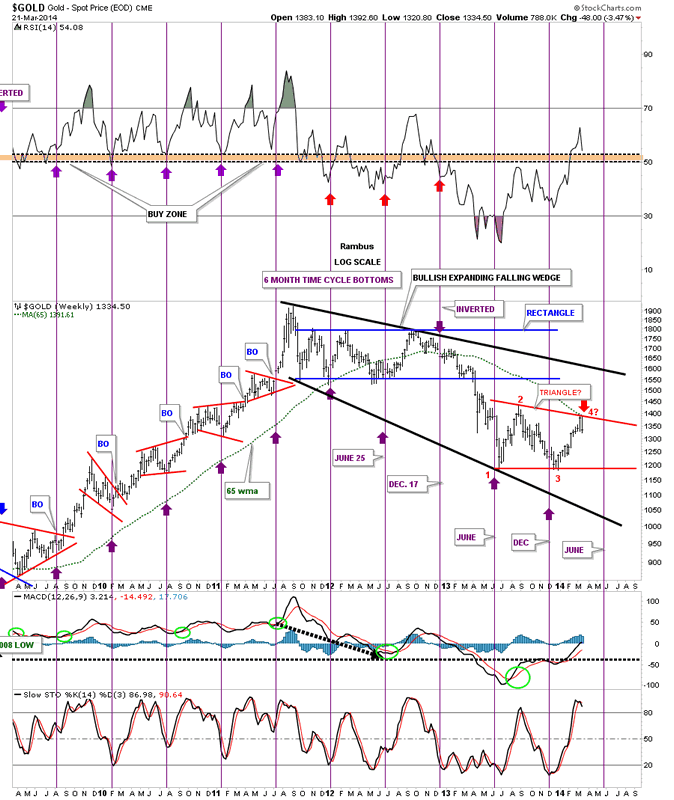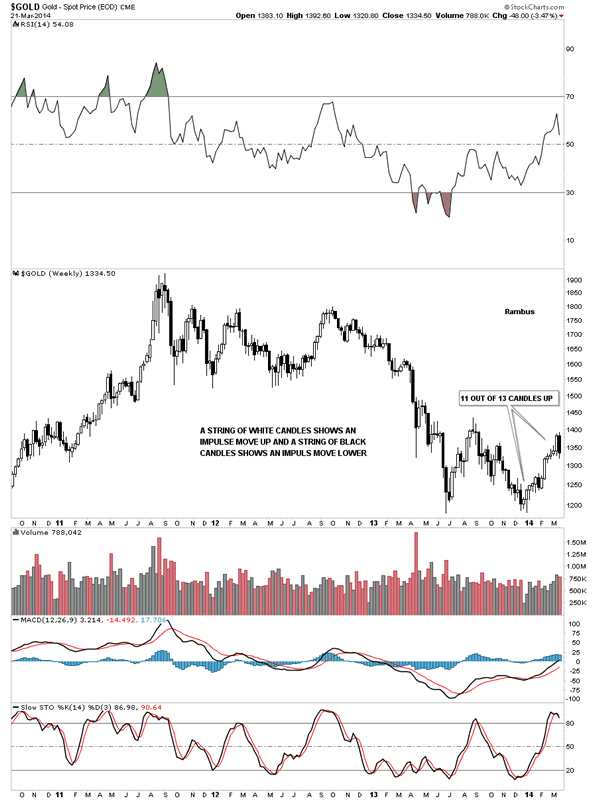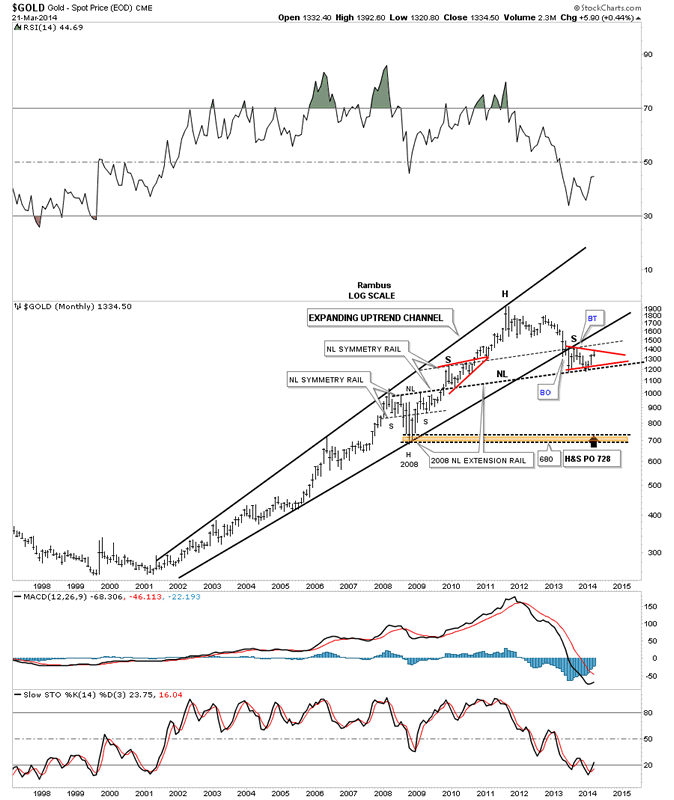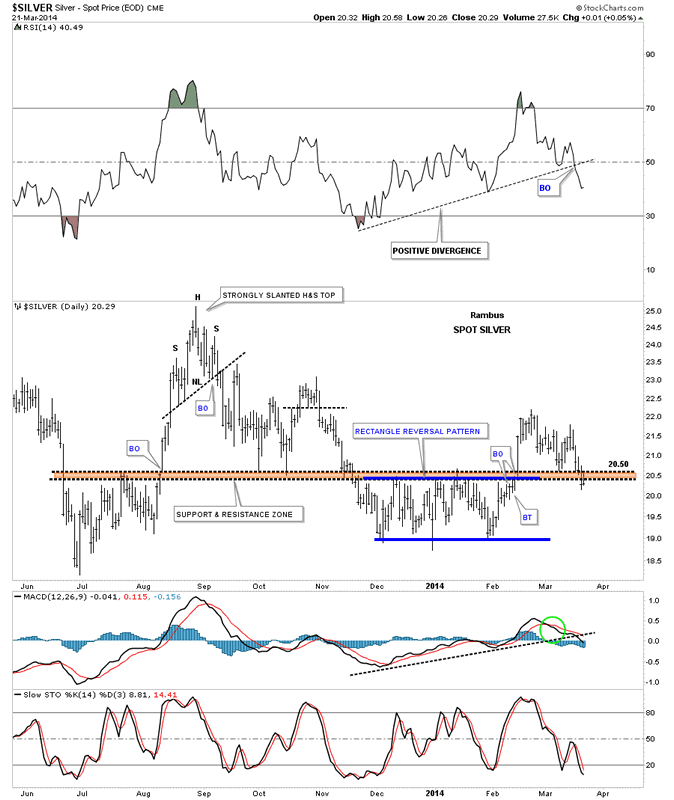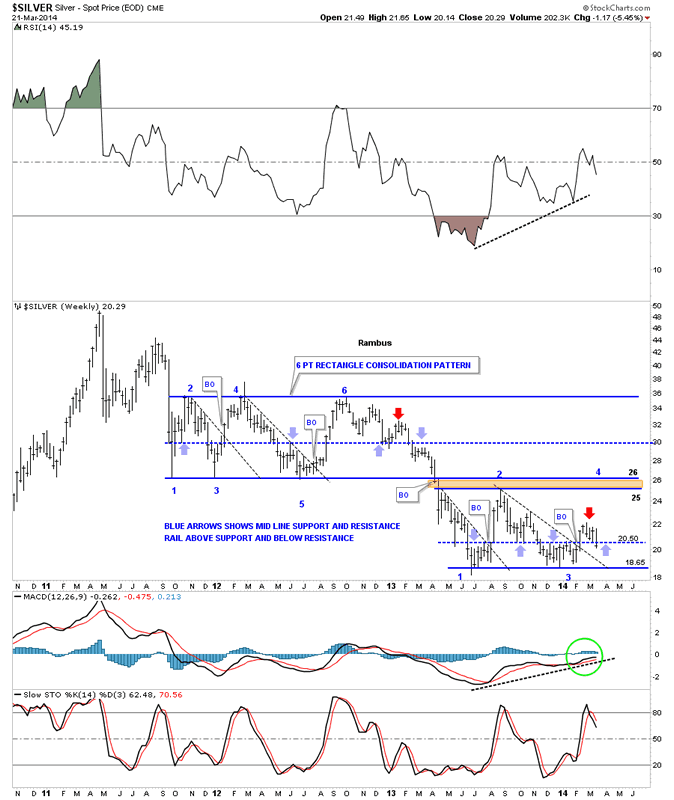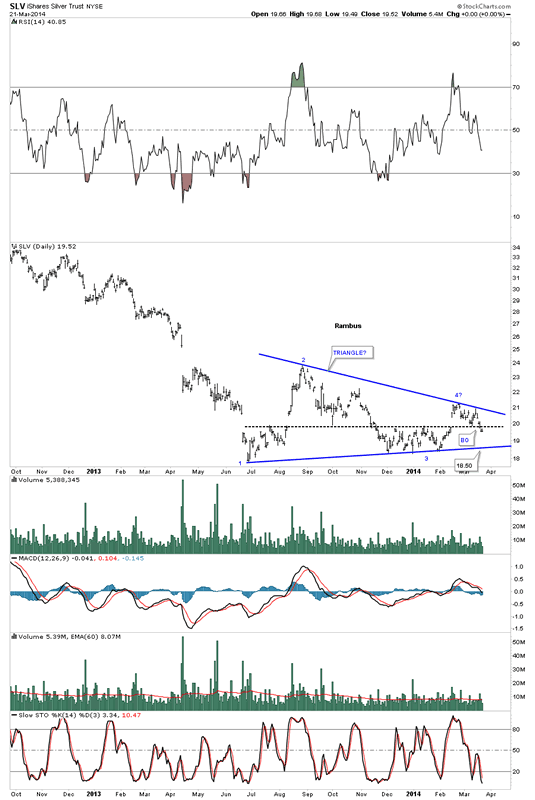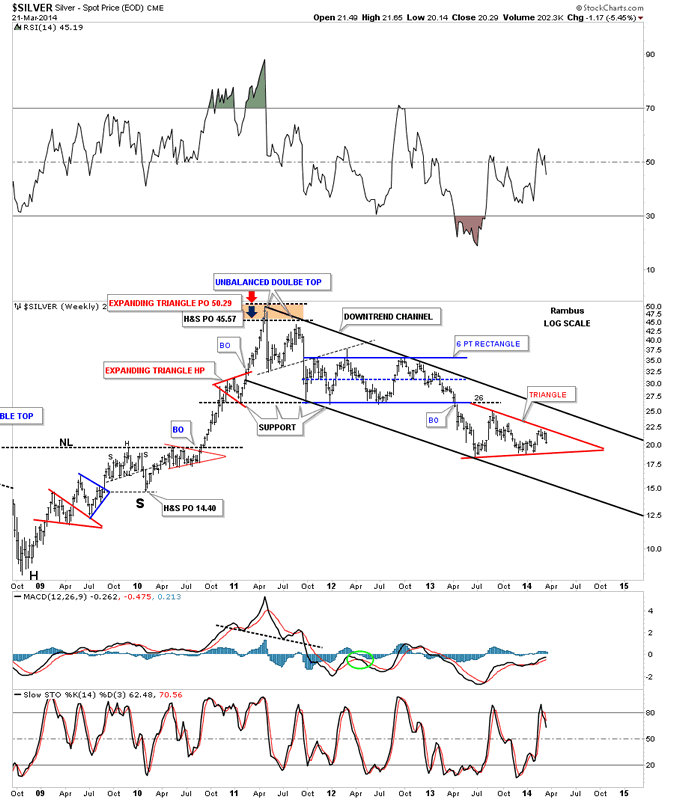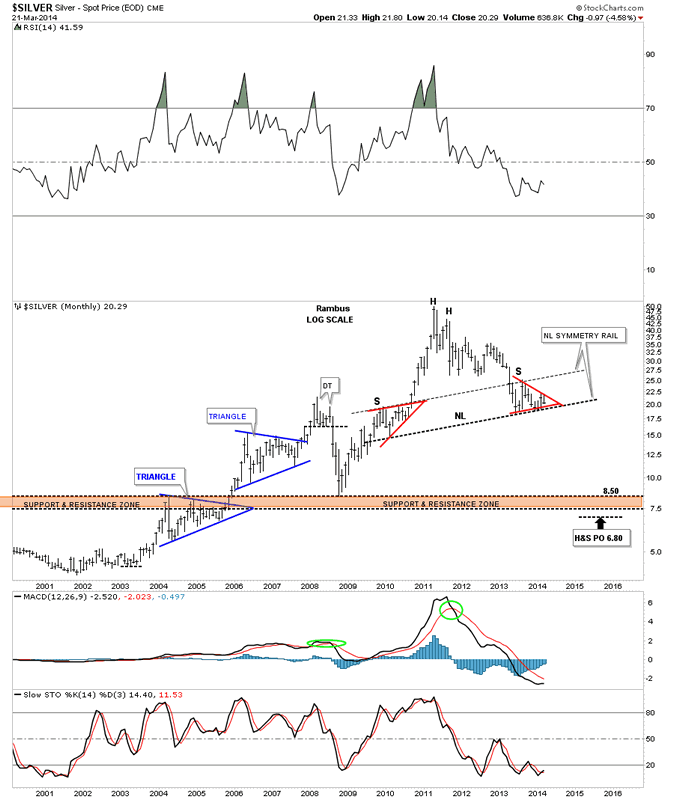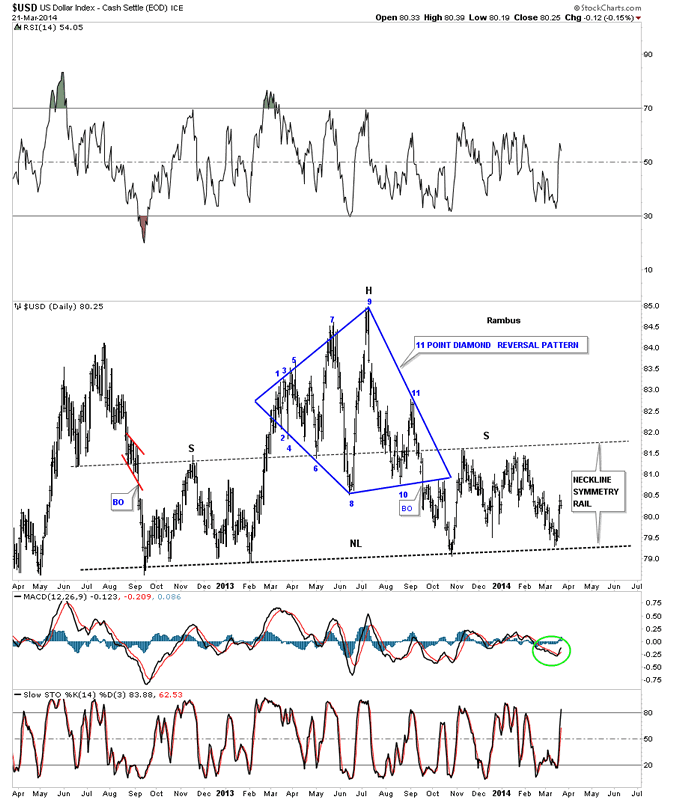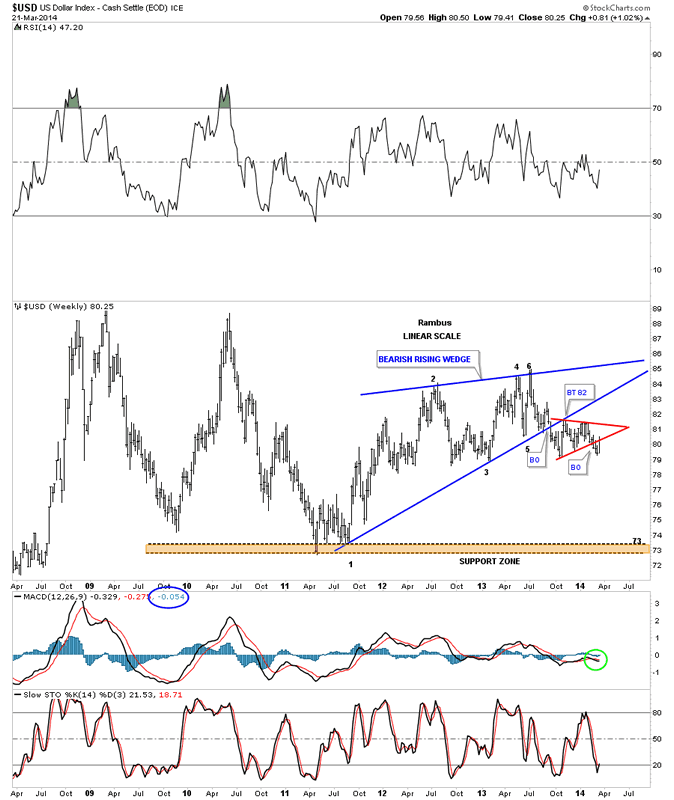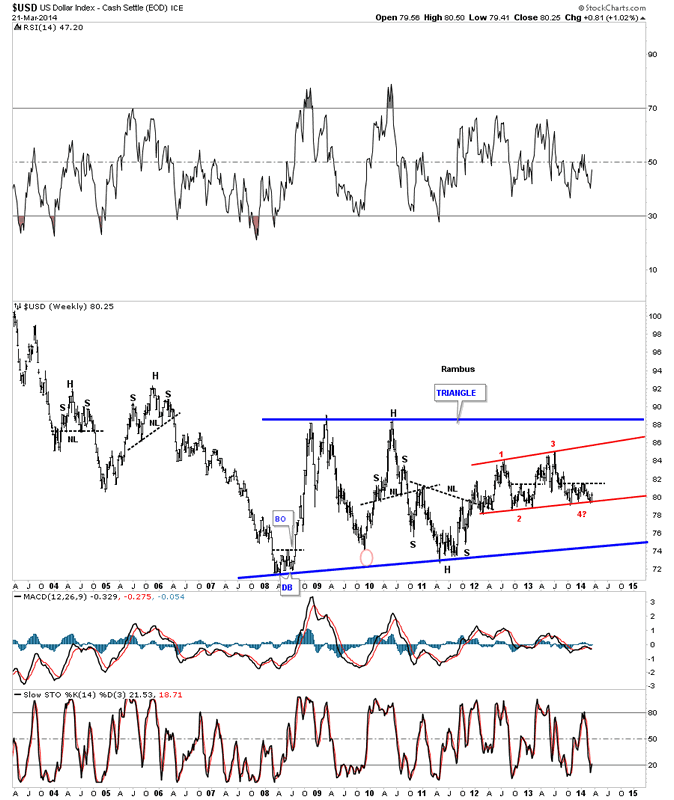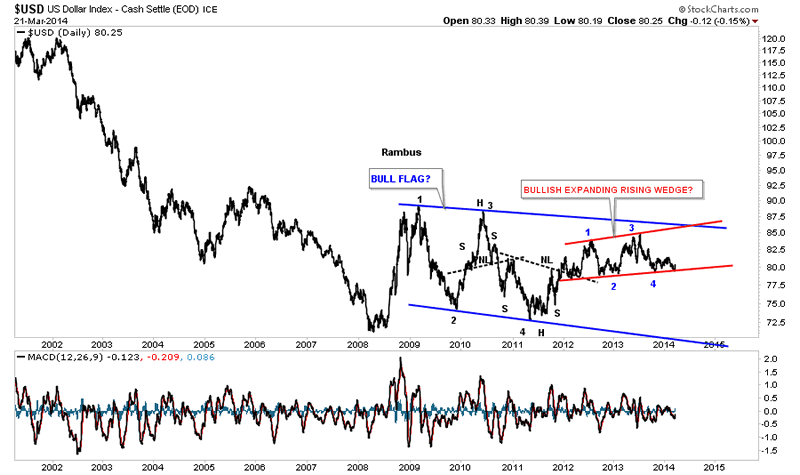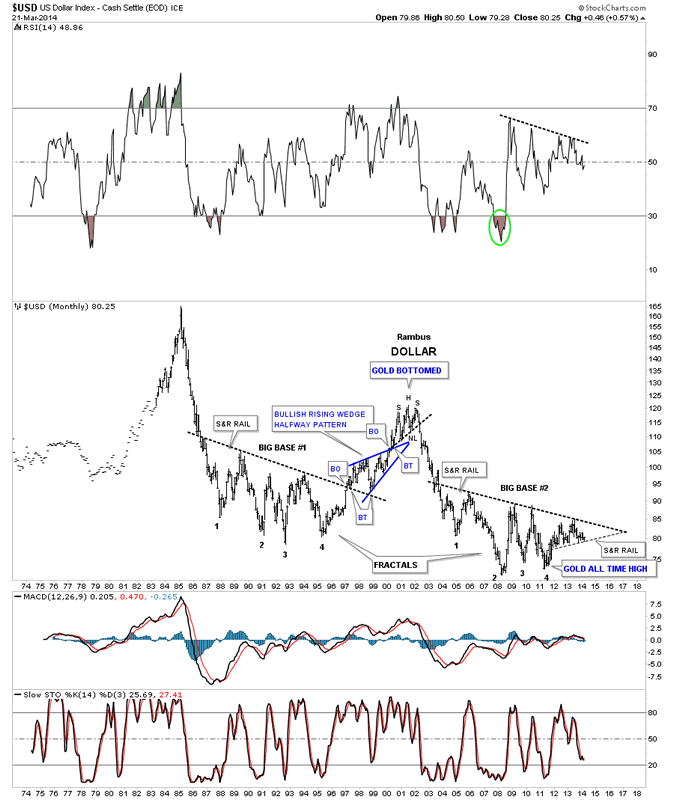by David Stockman
The Fed’s policy of keeping money market rates at 0% (ZIRP) for what will be seven years running has unleashed distortions, deformations and rampant speculations throughout the global financial system. The reason is straight-forward: ZIRP is a massive central bank subsidy to the carry trades. When the speculator’s cost of goods is set at zero and pegged at that level for the indefinite future, central banks set off a massive scramble for any and all financial assets that have a yield or appreciation rate north of zero. In due course, therefore, the financial system becomes completely ensnared in the business of extracting rents from the spreads between the false debt and asset prices pegged by the monetary central planners, rather than performing its essential capitalist function of price discovery and capital allocation.
Worse still, this destruction of honest market signals contaminates the entire world financial system due to the dollar’s dominate role. In fact, other central banks replicate the Fed’s money printing excesses in order to defend their own pegged exchanged rates and the export-based mercantilism that prevails in most of the EM and Asian economies.
Nowhere is this more evident than in Hong Kong’s ultra-luxury housing market. First, since the Hong Kong dollar has long been pegged to the USD, the monetary authority has had to massively expand its liabilities in response to the Fed’s money printing spree since late 2008. Accordingly, the Hong Kong dollar interest rate has been pinned to the floorboard for five straight years, fueling a massive speculation in real estate that has taken the price of luxury properties to manic levels.
At the same time, the People Printing Press of China has essentially outdone the Fed, generating an internal RMB-based credit bubble of monumental size. Total credit market debt rose from $9 trillion in 2008 to nearly $25 trillion today, thereby providing the financial wherewithal for the greatest boom in construction, infrastructure and industrial investment in recorded history. Accordingly, over the last five years the red capitalists of China have minted more paper millionaires and billionaires than the gilded ages of Western capitalism ever did.
Not surprisingly, newly minted mainland tycoons transferred some of their winnings from coal mines and real estate projects to Hong Kong’s soaring real estate market, believing that prices of luxury condos do, in fact, grow to the sky. But, alas, it turns out they don’t. Hong Kong authorities have had to impose drastic administrative controls and taxes to cool down the rampaging real estate sector, and the comrades in Beijing are now also desperately scrambling to dampen the volcanic credit bubble on the mainland.
Suddenly, the tycoons need cash and the bid has disappeared from the nosebleed section of the Hong Kong real estate market. As Zero Hedge documents below, China’s ultra-wealthy are now dumping their ultra-luxury pads. But the cracks in the China story are merely the vanguard: there is no place on the planet exempt from the global financial bubble created by the world’s rogue central banks during the last decades.
By Tyler Durden at Zero Hedge
http://www.zerohedge.com/news/2014-03-19/music-just-ended-wealthy-chinese-are-liquidating-offshore-luxury-homes-scramble-cash
One of the primary drivers of the real estate bubble in the past several years, particularly in the ultra-luxury segment, were megawealthy Chinese buyers, seeking to park their cash into the safety of offshore real estate where it was deemed inaccessible to mainland regulators and overseers, tracking just where the Chinese record credit bubble would end up. Some, such as us, called it “hot money laundering”, and together with foreclosure stuffing and institutional flipping (of rental units and otherwise), we said this was the third leg of the recent US housing bubble. However, while the impact of Chinese buying in the US has been tangible, it has paled in comparison with the epic Chinese buying frenzy in other offshore metropolitan centers like London and Hong Kong. This is understandable: after all as Chuck Prince famously said in 2007, just before the first US mega-bubble burst, “as long as the music is playing, you’ve got to get up and dance.” In China, the music just ended.

But more so than mere analyses which speculate on the true state of the Chinese record credit-fueled economy, such as the one we posted earlier today in which Morgan Stanley noted that China’s “Minsky Moment” has finally arrived, we now can judge them by their actions.
And sure enough, it didn’t take long before the debris from China’s sharp, sudden attempt to “realign” its runaway credit bubble, including the first ever corporate bond default earlier this month, floated right back to the surface.
Presenting Exhibit A:
Cash-strapped Chinese are scrambling to sell their luxury homes in Hong Kong, and some are knocking up to a fifth off the price for a quick sale, as a liquidity crunch looms on the mainland.
Said otherwise, what goes up is now rapidly coming down.
Wealthy Chinese were blamed for pushing up property prices in the former British territory, where they accounted for 43 percent of new luxury home sales in the third quarter of 2012, before a tax hike on foreign buyers was announced.
The rush to sell coincides with a forecast 10 percent drop in property prices this year as the tax increase and rising borrowing costs cool demand. At the same time, credit conditions in China have tightened. Earlier this week, the looming bankruptcy of a Chinese property developer owing 3.5 billion yuan ($565.25 million) heightened concerns that financial risk was spreading.
“Some of the mainland sellers have liquidity issues – say, their companies in China have some difficulties – so they sold the houses to get cash,” said Norton Ng, account manager at a Centaline Property real estate office close to the China border, where luxury houses costing up to HK$30 million ($3.9 million) have been popular with mainland buyers.
Alas, as the recent events in China, chronicled in minute detail here have revealed, the “liquidity issues” of the mainland sellers are about to go from bad to much worse. As for Hong Kong, it may have been last said so long ago nobody even remembers the origins of the word but, suddenly, it is now a seller’s market:
Property agents said mainland Chinese own close to a third of the existing homes that are now for sale in Hong Kong – up 20 percent from a year ago. Many are offering discounts of 5-10 percent below the market average – and in some cases as much as 20 percent - to make a quick sale, property agents and analysts said.
Also known as a liquidation. And like every game theoretical outcome, he who defects first, or in this case sells, first, sells best. In fact, since panicked selling will only beget more selling, watch as prices suddenly plunge in what was until recently one of the most overvalued property markets in the world. And with prices still at nosebleed levels, not even BlackRock would be able to be a large enough bid to absorb all the slamming offers as suddenly everyone rushes to cash out.
The biggest irony: after creating ghost towns at home, the Chinese “uber wealthy” army is doing so abroad.
In a Hong Kong housing development called Valais, about 10 minutes drive from the Chinese border, real estate agents said that between a quarter and a half of the 330 houses are now on sale. At the development’s frenzied debut in 2010, a third of the HK$30-HK$66 million units were sold on the first day, with nearly half going to mainland China buyers.
Dubbed a “ghost town” by local media, the development built by the city’s largest developer, Sun Hung Kai Properties Ltd (0016.HK), is one of many estates in Hong Kong where agents are seeing an increasing number of Chinese eager to sell.
“Many mainland buyers bought lots of properties in Hong Kong when the market was red-hot three years ago,” said Joseph Tsang, managing director at Jones Lang LaSalle. “But now they want to cash in as liquidity is quite tight in the mainland.”
Perhaps our post from yesterday chronicling the crash of the Chinese property developer market was on to something. And of course, as also described in detail, should China’s Zhejiang Xingrun not be bailed out, as the PBOC sternly refuted it would do on Weibo, watch as the intermediary firms themselves shutter all credit, and bring the Chinese property market, both domestic and foreign, to a grinding halt (something he highlighted in our chart of the day).
Meanwhile, the selling rush is on.
In a nearby development called The Green – developed by China Overseas Land & Investment (0688.HK) – about one-fifth of the houses delivered at the start of this year are up for sale. More than half of the units, bought for between HK$18 million and HK$60 million, were snapped up by mainland Chinese in 2012.
Because so much changes in just over a year.
“Some banks were chasing them (Chinese landlords) for money, so they need to move some cash back to the mainland,” said Ricky Poon, executive director of residential sales at Colliers International. “They’re under greater pressure from banks, so they’re cutting prices.”
In West Kowloon district, an area where mainland Chinese bought up close to a quarter of the apartments in many newly-developed estates, some Chinese landlords are offering discounts on the higher-end, three- to four-bedroom apartments they bought just a few years ago.
This month, a Chinese landlord sold a 1,300 square foot (121 square meter) apartment at the Imperial Cullinan – a high-end estate developed by Sun Hung Kai in 2012 – for HK$19.3 million, 17 percent less than the original price. The landlord told agents to sell the flat “as soon as possible,” said Richard Chan, branch manager at Centaline Property in West Kowloon.
In the same area, a 645 square foot, 2-bedroom flat in the Central Park development was sold in just two days after the Chinese owner put it on the market at HK$6.5 million in what agents called the year’s best bargain – the cheapest price for a unit of its kind over the past year.
Don’t worry there will be many more bargains. Why? Because what was once a buying panic – as recently as months ago – has finally shifted to its logical conclusion. Selling.
“The most important thing for them is to sell as soon as possible,” Centaline’s Chan said. “In the past two weeks, those who were willing to cut prices were mainland Chinese. It is going to have some impact on the local property market, that’s for sure.”
Indeed. And once the Hong Kong liquidation frenzy is over, and leaves the city in a state of shock, watch as the great Chinese selling horde stampedes from Los Angeles, to New York, to London, Zurich and Geneva, and leave not a single 50% off sign in its wake.
The good news? All those inaccessibly priced houses that were solely the stratospheric domain of the ultra-high net worth oligarch and criminal jet set, will soon be available to the general public. Especially once the global housing bubble pops, which may have just happened.
See the original article >>









